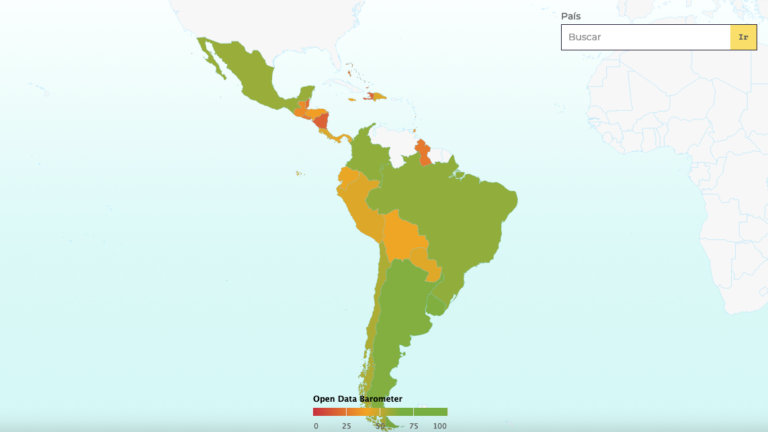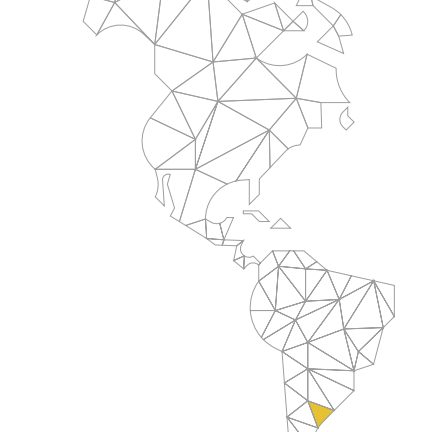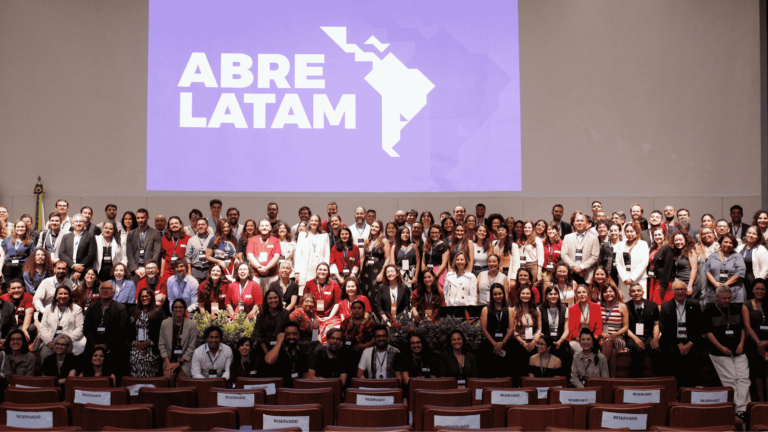A few weeks ago we shared an analysis of the inclusion (of women, in particular) in public procurement in Latin America, with the support of Hivos. After that experience, now we turn our eye on participation policies in public procurement markets in the region.
In this report Cesar Cruz-Rubio, analyzes participatory experiences in public procurement in Latin America, in order to know their origin, development, and identify, as far as possible, factors that lead them to success. The selection of cases included the different ways in which citizen participation was included in the institutional design of processes around public procurement in the region. Although one of the cases is not currently active, its experience is relevant in terms of the findings from the set up and land implementation. The selected cases were:
- Social Witness (Mexico)
- EAP’s Procurement Committee. Qali Warma School Feeding Program (Peru)
- Bahía Blanca public expenditure – Gasto Público Bahiense (Bahía Blanca, Argentina)
- Caring for My Neighborhood – Cuidando do Meu Bairro (Sao Paulo, Brazil)
- BA Obras (City of Buenos Aires, Argentina)
- Tianguis Digital – Ecobici Experience (Mexico City, Mexico)
- Public Hearings (Paraguay)
- Citizen Oversight Commissions (Dominican Republic)
- Inclusive Metropolitan Fairs (Quito, Ecuador)
The analysis showed that:
- There is only limited progress in incorporating citizen participation strategies in public procurement in Latin America.
2. There are three ways in which strategies are set up to have citizens actively participate in public purchases:
-
- Inclusion is incorporated in pre-existing systems (Paraguay Public Audiences Cases, Inclusive Metropolitan Fairs Quito, the Ecobici Experience of Tianguis Digital Mexico City, the Citizen Oversight Commissions in the Dominican Republic ).
- It is linked as part of a public policy design to a program or the provision of goods and services (Qali Warma Peru case or BA Obras case in Buenos Aires, the latter understood as part of a major open government strategy).
- Social control initiatives from citizens and civil society organisations (cases of Witness Mexico, Bahiense Public Expense or Cuidando do Meu Barrio Sao Paulo).
3. There are diverse levels of ambition in these processes:
-
- In some cases, the design foresees ambitious levels of citizen participation (BA Obras, Cuidando de Meu Barrio)
- In others, which we have called “low intensity” strategies (in the case of Citizen Oversight Commissions or Public Hearings), participation is constrained by the same institutional design (operating rules, access rules, voluntary/compulsory action, etc.) The fact that they are understood as low intensity initiatives does not detract from their validity, utility and relevance that they have been able to demonstrate over time.
4. Except in those cases where the initiatives came through legal changes, the level of institutionalization of the initiatives and tools has been fragile.
5. Teams that carry out participation in public procurement are most successful when there is political support and attention at the highest level, a strong work team with talented skills, a clear distribution of burdens and benefits, and with it, expectations management, realistic planning and effective change management.
6. Continued and committed interaction between government and CSOs is a key factor of success in most of the initiatives.
If you want to know more about participation of citizens in public procurement, read the full report here and the case studies here.

















